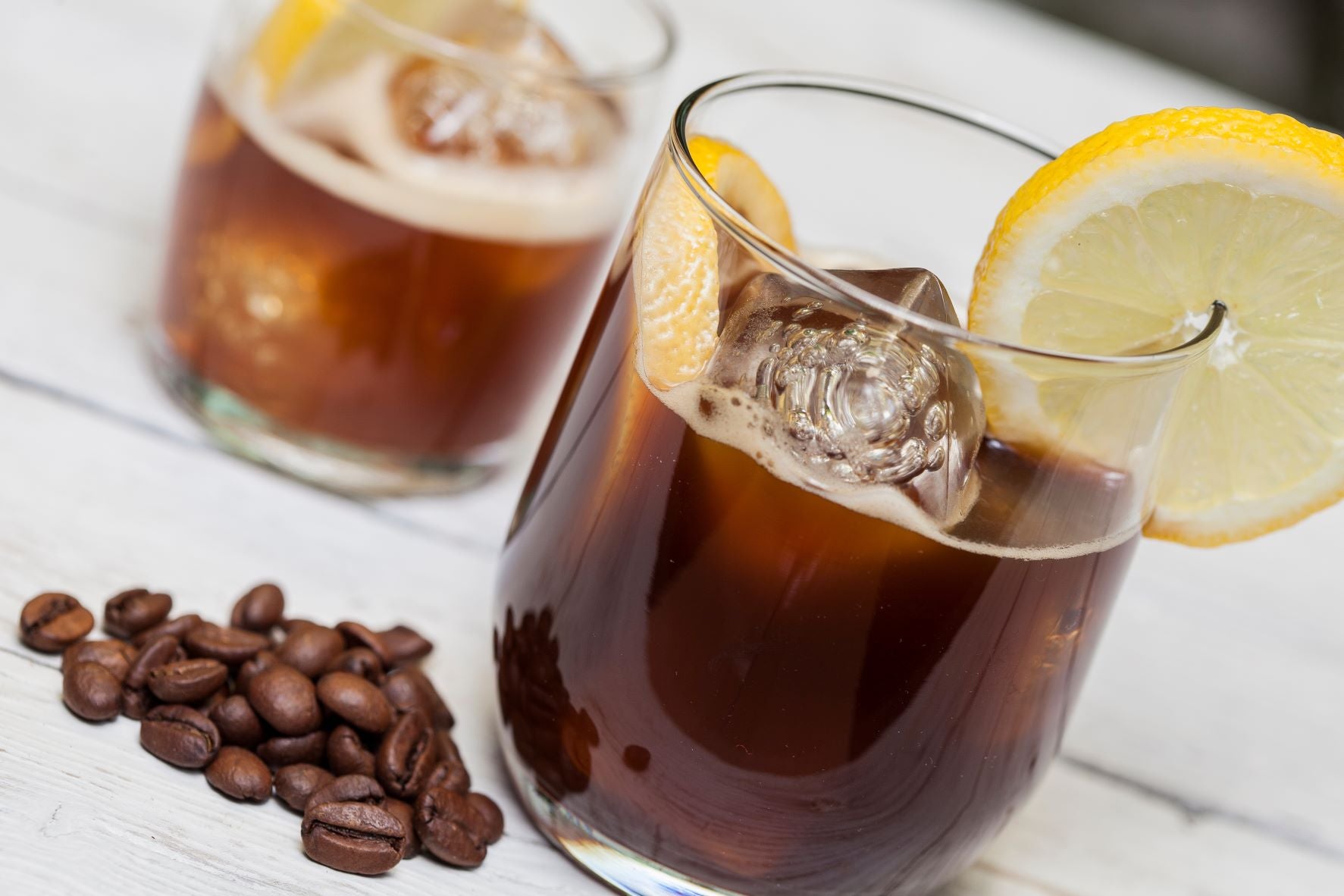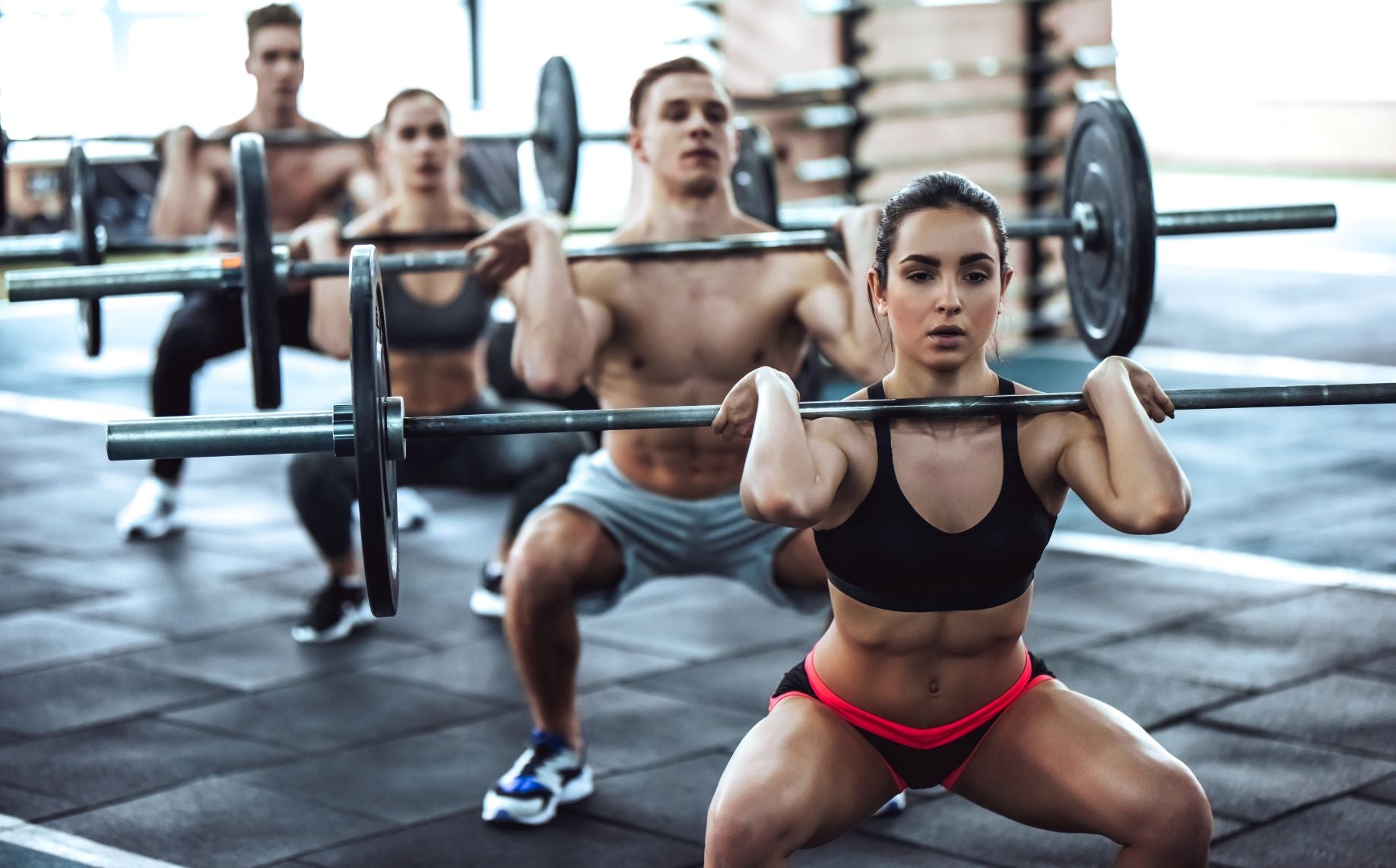There are different methods of training for each type of fitness goal. For example, two common fitness goals are increasing strength and building muscle, also known as hypertrophy. To train for each of these goals, a different approach is required.
Lifting weights will help you build muscular strength and size. However, if you want to optimize your results, you have to adjust the way you lift weights. We’re talking sets, reps, frequency, intensity, and general athletic programming. That’s why powerlifters and bodybuilders don’t train the same. One wants strength, the other wants strength.
What is the difference between strength training vs. hypertrophy? Is strength training better than hypertrophy training? Which will help you achieve your fitness goal? We’re going to cover all of the most frequently asked questions now!
What is the difference between strength vs. hypertrophy?
Strength training is often used interchangeably with weight training. But the definition we’ll be using throughout this article is that strength training is lifting weights with the goal of building strength. Lifting weights provides resistance. This resistance forces your muscles to get stronger so they can lift heavier and heavier without your muscle fibers getting as easily damaged.
It’s not just powerlifters who want to build strength. Many athletes incorporate strength training into their workout routine. From runners to yogis, building strength transfers into athletic performance. That’s why it’s considered one of the key markers of physical fitness.
Hypertrophy is the process by which new muscle fibers grow in size. This is the goal of bodybuilders - they want to increase muscle mass to create a developed, structured physique. It’s an aesthetic goal. Muscle size does not necessarily equate to muscle strength. That’s why someone can be visibly lean but be very strong. David Goggins, for example.
A study that compared relative strength-to-size gains found that following a strength training program, the participants increased muscle fiber tension - a sign of muscular strength - but did not increase their amount of muscle mass. Simply put, they built strength but not size.
How to train for strength
The general guideline for strength training is as follows:
- Loading up to 85 percent of your 1 rep max (1RM)
- Performing two to six reps per set
- Performing three to six sets per exercise
- Resting between two to three minutes between sets
- Training two to three days per week with rest days after each workout
- Workouts centered around compound exercises
To give you an idea of what this looks like in practice, let’s take a look at a powerlifters workout routine whose main fitness goal is to build strength.
Powerlifters focus on the three main compound lifts: bench, squats and deadlifts. They train near their maximum for very few reps and sets. The goal is to push your body to its extremes so you can increase the upper limit of your strength capacity. This damages your muscle fibers, which is why you need to rest after training. Over time, your muscle fibers get stronger so they are more resistant to the same weight when they are exposed to it again.
How to train for size
The general guideline for hypertrophy training is as follows:
- Loading 65 to 85 percent of your 1 rep max (1RM)
- Performing six to 12 reps per set
- Performing three to six sets per exercise
- Resting between 30 seconds to a minute and a half between sets
- Training up to five days per week
- Workouts combining compound and isolation exercises
- Body part split
When you are training for size you can train more frequently. A meta-analysis from 2016 that also examined this question found that working each muscle group twice per week was optimal for hypertrophy. That is five or even six days per week! Each workout is less intense and shorter, so requires less recovery.
A study by Schoenfeld et al (2017) examined which rep range (strength or hypertrophy) is more effective. Researchers found that training close to failure results in the greatest muscle growth, which most often involves pushing yourself to do a high number of reps until your muscles give out.
Is strength training better than hypertrophy?
It comes down to your goals. If you want to build strength, focus on doing heavier compound lifts that really push you to your upper limit. If you want to build size, focus on training frequently, doing a workout with more reps and a lighter weight.
However, it’s important to note that this is a generalization. Some people gain muscle from following a powerlifting-style of training, while others have to follow hypertrophy protocols dogmatically in order to gain a few percentage increase of muscle mass. Understanding your genetic differences is key to getting the best results from your training.
Lifting weights in a programmed way, known as periodization, is the most effective way to gain strength or size. This involves closely monitoring your training and having a clear plan each session. If you can consistently increase your workout intensity, that’s a sign you’re getting closer to your goals. That’s why it’s a good idea to work with a coach or follow a workout plan. Going into the gym and doing a combination of random exercises is unlikely to get you the results you’re after!
Get fit with WOLFpak
Join the WOLFpak. We offer a variety of gym backpacks and fitness gear that will help you achieve your fitness goals, whatever they may be. Here’s some of our best-selling fitness gear:
-
Meal management backpack - is perfect if you’re following a diet plan and need to stay consistent on-the-go. It’s an All-In-One Backpack with room for cold/hot meals with a built-in insulated pocket and additional compartments for your office equipment and gym gear.
-
35L gym backpack - designed for functionality for the office, gym, school, hiking, camping or the weekend athlete. They’re spacious enough to hold all your gear with compartment pockets keeping you organized.
- Fanny pack - our fanny packs can be worn across your body or waist keeping your hands free to tackle whatever comes your way. They’re perfect for going on a run, cycle, hike or gym session to tuck away your keys, phone and wallet.
Click here to shop WOLFpak fitness gear.
If you like this article we think you'll love this one > here
Read more

There’s always a new trend when it comes to weight loss. It’s advertised as the new ‘magic pill’. We hope you know that there isn’t ever a magic pill for weight loss. Only a healthy diet, exercis...

Diets. The word most of us don’t want to hear. Restriction, stress, and boring foods is probably what springs to mind. Perhaps you’ve had success from a diet, but if you’re part of the majority, di...













Leave a comment
This site is protected by hCaptcha and the hCaptcha Privacy Policy and Terms of Service apply.